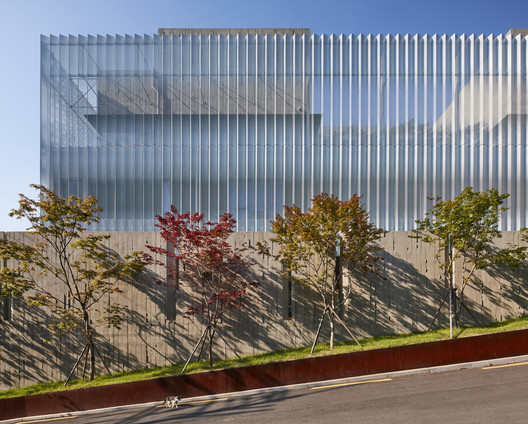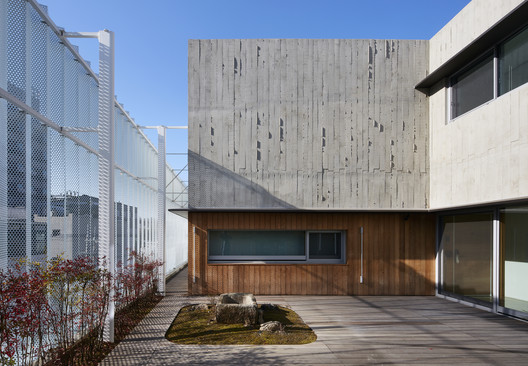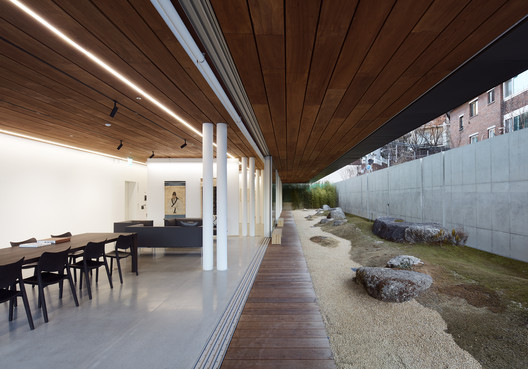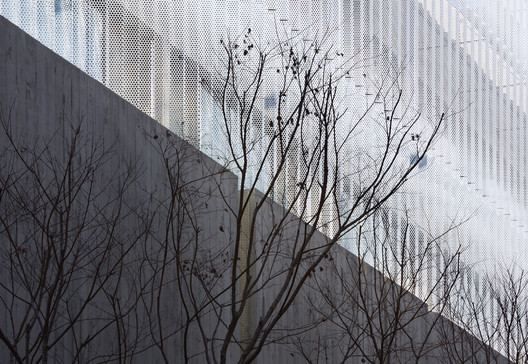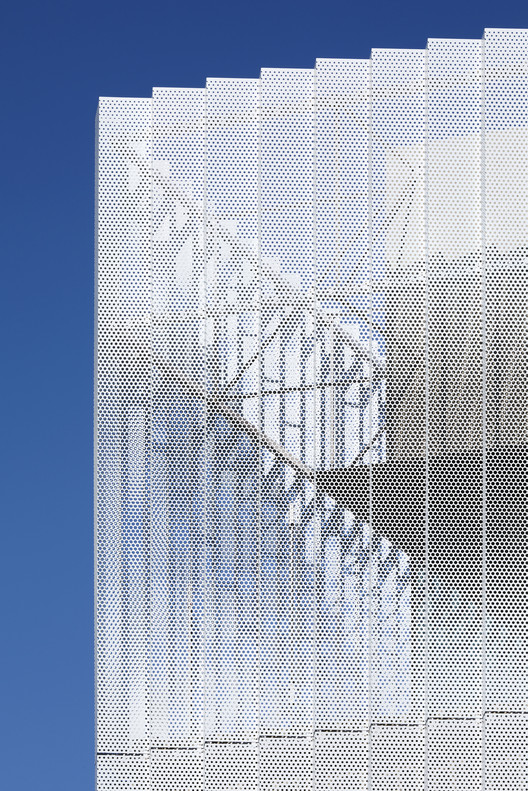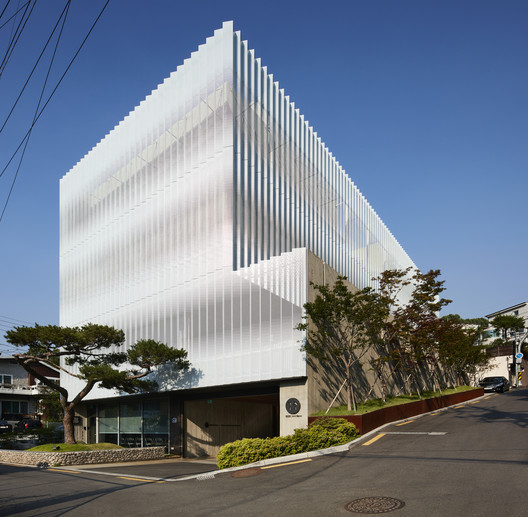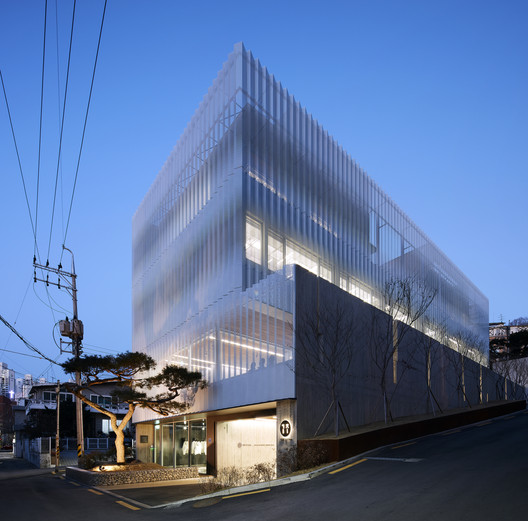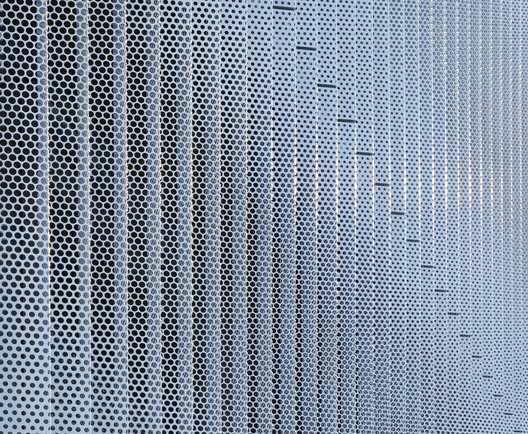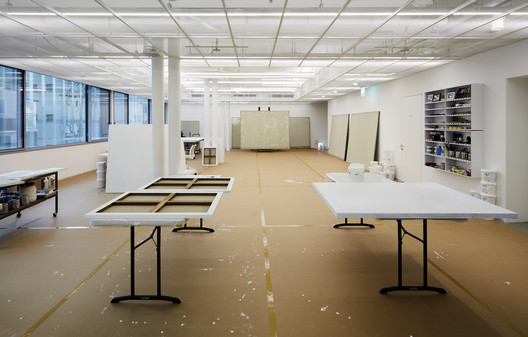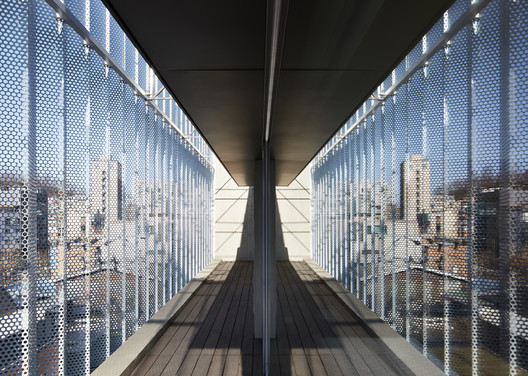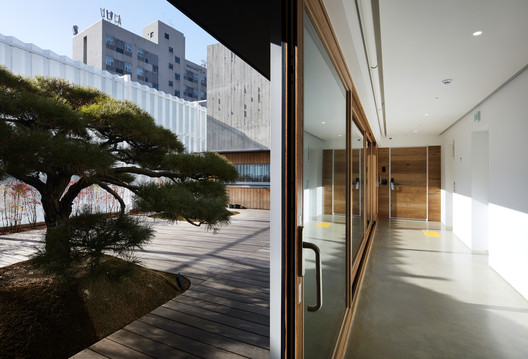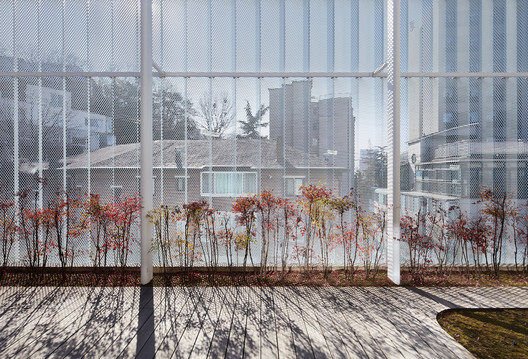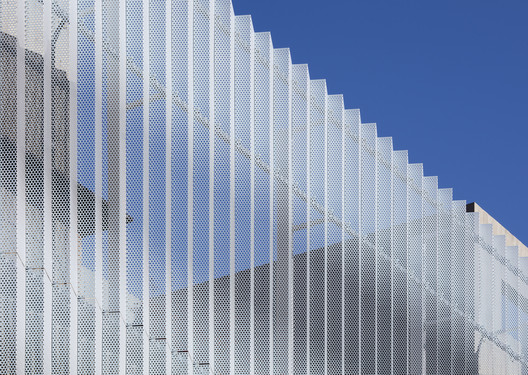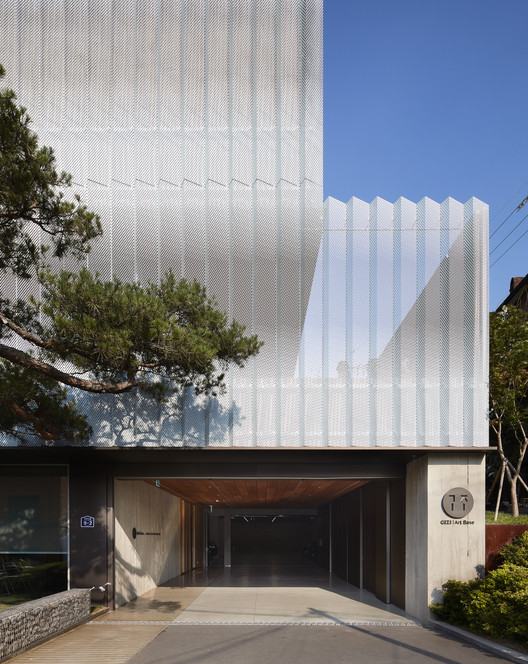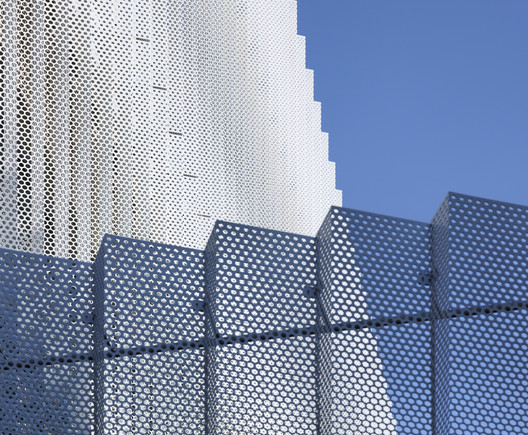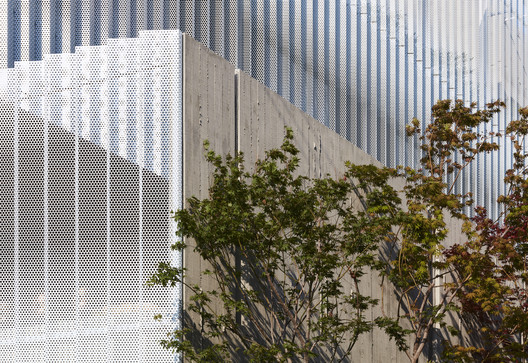
-
Architects: BCHO Partners
- Area: 1997 m²
- Year: 2018
-
Photographs:Sergio Pirrone, Kim Yong Kwan
-
Manufacturers: 12Lighting, CNO E&C, CNO engineering

Text description provided by the architects. The GIZI _Art Base is a single building tasked to house four different programs – a commercial space, a gallery, an office and a multi-family housing unit, each of which required a unique spatial definition appropriate to its needs and functions. While the ground floor commercial space demanded easy visual recognition and street access, the gallery, which on the other hand called for a more intimate and private setting for viewing and selling artwork, necessitated a more peripheral placement. The office space needed a calm atmosphere, and the individual residential units were asked to be both separately divided yet connected through a central courtyard. In order to accommodate the disparate and conflicting nature of these programs, each of the four was stacked vertically and unified into a singular mass.











